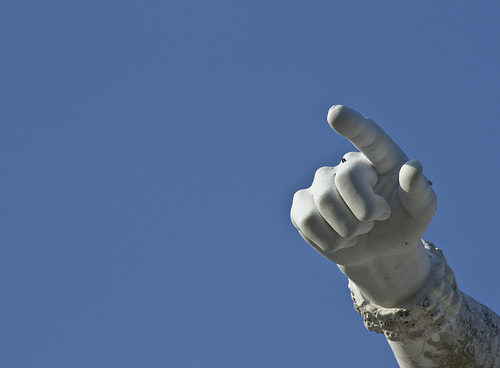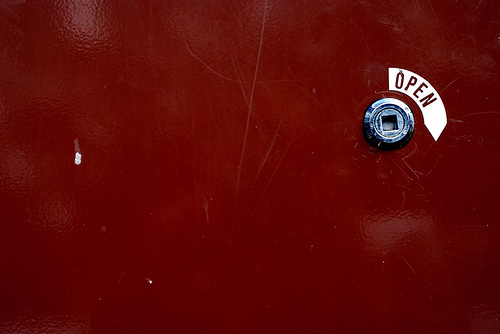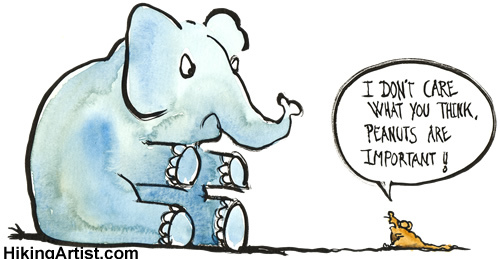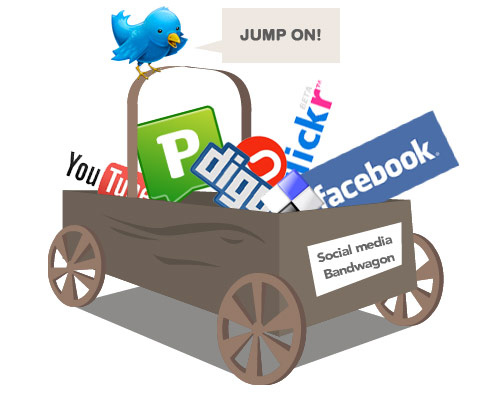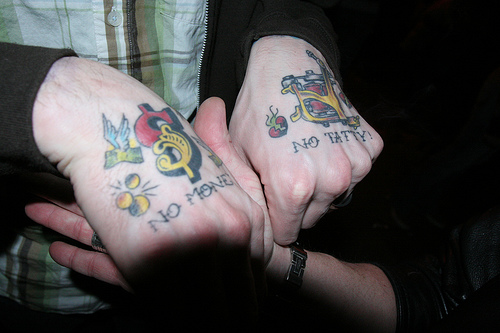 Photo by Greg Andrews
Photo by Greg Andrews
Last week I wrote about the indignation I feel when I see a company like Google wanting to use art without financially compensating the artists. The post and ensuing discussion on Facebook generated some interesting feedback, and many people expressed the concern that perhaps artists have set the bar low themselves.
This got me thinking about how it is that artists begin accepting less than they are worth--and I think, unfortunately, it is because of the close collaboration that artists have with non-profit arts organizations. And this is much more difficult to get irate about. As I rail against Google for devaluing the work that artists do, I can't help but think back on the numerous non-profit arts organizations with which I have either been involved or encountered as an artist.
Non-profit organizations, those bastions of hope, those doers of good, whose belief in the arts propels us through the darkest hours of our economic crises, are they immune to the tirade I so readily unleashed on Google?
Here are a couple of scenarios that I have encountered in the last few years.
A small non-profit theater company hires non-Union designers, actors, and tech staff. Due to budget limitations, the theater pays each a scant stipend, which is realistically hardly more than the cost of gas to get to and from rehearsals and shows. The highest pay goes to designers and directors, the lowest to crew and cast.
A small non-profit gallery holds an open call for artists to be featured in a full-color, glossy catalogue that is then distributed (the gallery paying for postage) to 1000+ other institutions around the country, offering exposure for the artists at no cost to them. The artists whose works are featured do not receive a free copy of the book (they pay a mere $5 less for the publication than the general public). The argument is that their price is exactly the cost of publishing one book.
These two organizations have been around for a decade and just under a decade, respectively. Each is respected in its community and the directors of each organization have cut their own personal income as needed (going a year or more at a time without pay from the organization). Their personal sacrifices demonstrate their belief in the necessity of the arts. Their commitment to producing art trumps their desire to live a cushy life. But they ultimately cannot pay the artists a living wage.
Do NPOs perpetuate the undervaluing of art by expecting to have artists' collaboration without paying them What They Are Worth? Doubtless, if either of the above examples had the funds it would pay its artists more--but both organizations benefit, and arguably only exist because of, artists' willingness to work for little-to-nothing. Though there are actors, designers, painters, who choose not to work with the organization because of the financial sacrifice, there are enough others that the organizations continue to exist.
Obviously there is the striking difference between the net worth of Google and that of a small gallery, but the artists are still working for, ultimately, exposure. Perhaps they are not the heavy-hitting "professionals" like the illustrators that Google solicited, but nevertheless, a standard is being set.
Let us be realistic. Just as we, the underpaid in the arts world, raise our fists against the indignity of artists being asked for work without receiving pay, we are often the first to ask for favors from artists. Because we have no money, we do what we can (trade you free admission to our show, etc.), but maybe this is the crux of the issue.
Yes, artists have options. They can join unions (which may limit their opportunities to work) or decline jobs that don't pay what they feel they deserve. They can choose to do it "for the love of it" and hope that the future will be brighter, more lucrative, just around the bend. But should they have to choose?
I don't know what the answer is. I don't feel good about bringing my indignant wrath against non-profit organizations, the likes of which I have worked for, with, and on behalf of, my entire adult life. I feel that it is fair to say, with some notable exceptions, that those individuals who establish non-profits arts organizations, especially sacrificing their own creature comforts to do so, want the best for the artists and want to produce the best art.
But I have seen too many artists who work with such organizations get caught in the seemingly endless cycle of uncertain paychecks, needing to balance additional temporary jobs in an effort to make ends meet, essentially working two or more full-time jobs to enable them to do their art and fill their refrigerators (not to mention pay rent, etc.). That lifestyle can have a negative influence on the art and the artist, and can make an artist's sparkling potential sputter into mediocrity.
Without art there is silence. Without artists we have no stories, no history. When we talk about social media, about technological advancements, what we are really talking about are ways to communicate. We invest in the people who develop the newest, fastest way to transfer information among individuals. But we cannot forget that this is not the only way communication manifests. What about the people communicating in the same way that early man did in his cave paintings, in dances and performances, weavings and body decorations, storytelling and pottery? Art tells us about our history and our nature.
We are human not just because we can cure what ails us, not just because we can problem-solve or analyze or understand quantitative data. We are human because of those feats (artistic in their own right), certainly, but also, especially, because we can communicate through creations that may not be strictly, quantifiably "practical." Art can be healing, therapeutic, exciting, energizing. Art can make sense of the world or touch an individual. Artists create works that convey pain, sorrow, joy, fear, love, hate, anger, celebration. Artists can reach audiences they have never met with the power of their work.
Art makes us human. Non-profits arts organizations need to be able to employ artists at a rate that is livable. I understand that it is much more easily said than done. But we must demand this of ourselves, this should be the goal. We can be the example. Let those who can pay do so. Please. Art is not a luxury item.







